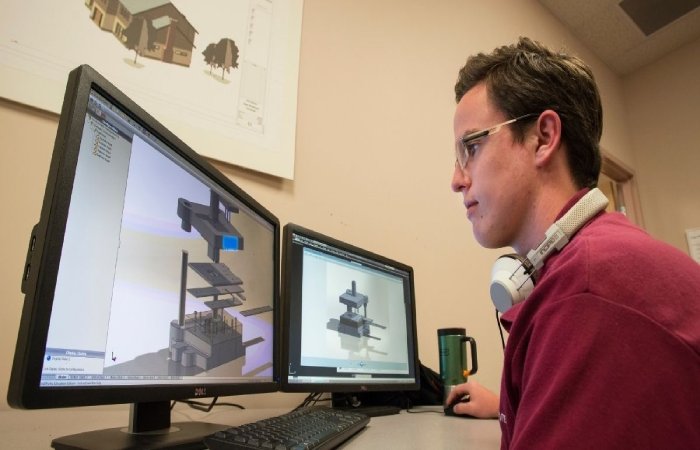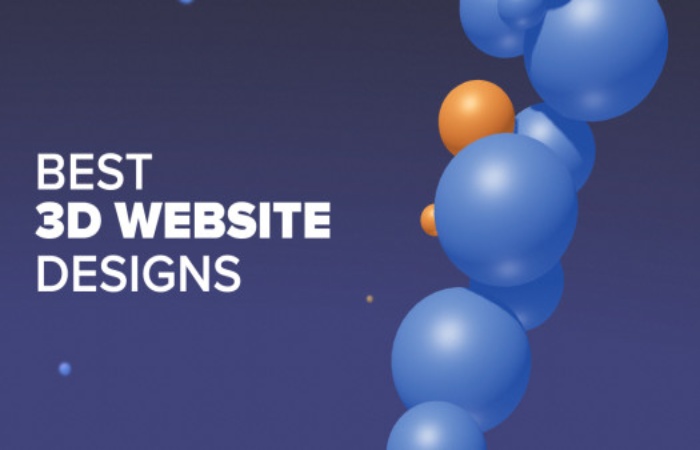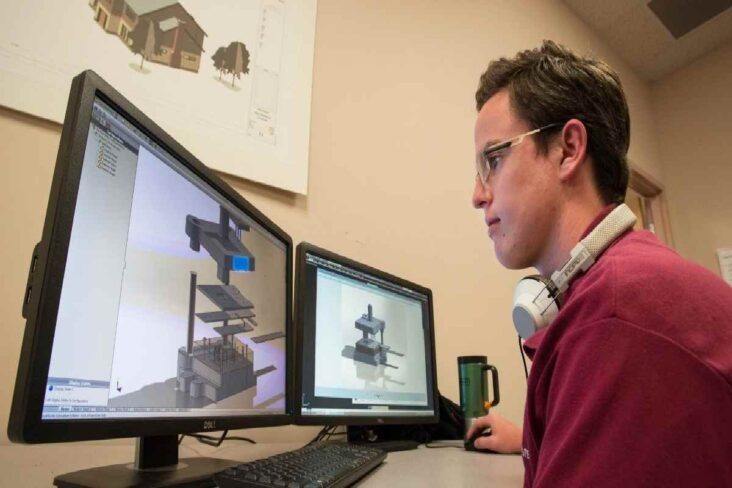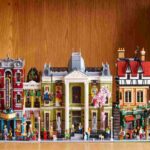Introduction
In web design, 3D Design involves adding shadows and detail to things like interactive scrolling, dynamic text, and graphics to add depth to a flat screen.
Many websites use 3D web designs to draw users’ attention to an image, text, or other detail. It can emphasize a CTA or make vital information more visible.
How to Create Your Website 3d Design?
If you want a fantastic 3D website that stands out from the war, work with a professional designer. Find and hire a designer to bring your vision to life, or host a planned contest and get notions from designers around the world.
Why Should You Use the 3d Design?

As a web designer, using various design elements allows you to create the best user experience (UX) possible. Adding new dimensions makes visual diversity and guides users to the information they need. And while these items look good, too:
Make your website products stand out. Flat layouts and minimalist approaches are standard in modern web design. 3D elements attract attention. They make websites more interesting by emphasizing features such as product images, navigation elements or CTAs.
Appeal to your visitor’s senses. Online 3D Design considers human experiences and perspectives to evoke emotion through UX design better, whether through animations or more engaging site elements. A website with 3D designs provides an immersive experience that flat designs cannot.
Interact with site visitors. In a digital audiovisual world, 3D Design helps visitors interact with a website in new ways. The interactive format includes realistic moving elements and dynamic backgrounds to make the website experience stand out from everyday pages.
What Makes an Excellent 3d Website?

A great website displays the world who you are, helps people remember you, and helps potential customers know if they found what they were looking for. Websites communicate all of this through colour, shape, and other design elements.
Four Ways to Use 3d Design Elements on Your Website
We’ve selected some of the best 3D website examples to spark ideas for your next website project.
Improve your Online Store
This eCommerce template from Reality. Tools use 3D icons to add depth to the graphics, making them appear as if they are popping out of the screen. In the “How It Works” section, these icons represent the three steps users need to follow to make a purchase.
In the “Browse” section, the menu displays a stylized 3D icon of each available product with shadows that make them float. This Design adds dimension to the menu to showcase branded products, create a memorable browsing experience, and highlight some of the products on offer.
2. Incorporate Dynamic Images
Behind the photos are 3D splatter effects and ingredients that seem to come to life. This Design matches the fresh and energetic product and engages the viewer’s sense of taste by creating luscious graphics that they can practically taste.
Images also move as the user scrolls, adding more movement and dimension than a static layout. The larger-than-life animations and vivid colours of this Website help the visitors to understand the product and what they are getting if they buy it.
3. Create an Imaginative and Immersive Portfolio
The entire Design Made Cool Website is a homepage with realistic scenes, animated elements, and an interface that feels like browsing an art exhibition instead of scrolling on a computer. The 3D humanoid figure, accompanied by a greeting, makes the visitor feel like they know Chinmay.
The Work section offers a break from heavy 3D elements to let older designs shine. As a portfolio site, it highlights the key skills of the designer: 3D modeling, graphic animation and Webflow development. Ultimately, realistic balloons say, “Design adds value faster than it adds cost”, which is why this designer is worth hiring.
4. Incorporate Parallax Scrolling
Parallax scrolling is a design technique that causes the background to move slower than the foreground images, creating the illusion of depth. For freelance web designers, the parallax template also doubles as a portfolio site.
On this home page, the cloud illustrations slowly float from side to side, even when the user doesn’t move the cursor. Scrolling down the page turns into a solid background the same colour as the ground at the bottom of the landscape, as if you were heading underground for more information.
These clever additions add to the immersion of the parallax effect and give the Website a cinematic feel.
Conclusion
Whether it’s heavy motion graphics or a simple parallax effect, 3D Design adds dynamism to any website. But that’s not the only technique you can add to your collection of design tools.
Visual web development platforms like Webflow help you improve your web design skills and go beyond the average Design with in-depth tutorials and guides on typography, colour theory, animation software, etc.



